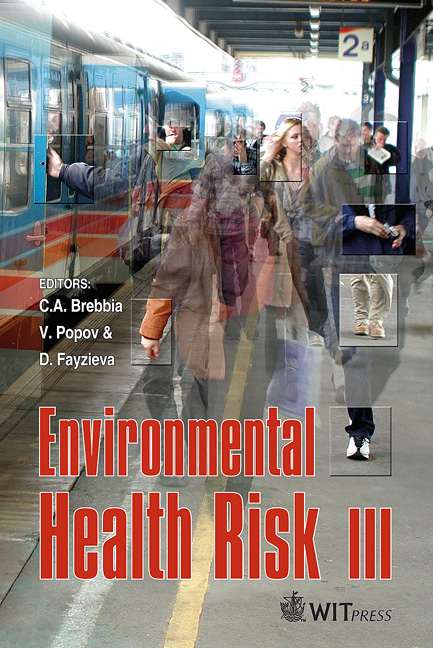Some Nanotechnology Risks
Price
Free (open access)
Transaction
Volume
9
Pages
8
Published
2005
Size
246 kb
Paper DOI
10.2495/EHR050131
Copyright
WIT Press
Author(s)
J. A. Donovan
Abstract
By analogy with known toxins (pollutants, quartz, and asbestos) some nanomatter may be toxic. Nanomatter is formed by manipulating atoms and molecules into new, useful materials that are on the same size scale as virus cells. The properties of nanomatter differ from macromatter with the same chemistry, and depend on its size (two of the reasons for all the excitement). Some nanomatter already exists from natural processes, but engineered nanomatter may (probably will) change our lives more than the industrial revolution. However, because these are new materials their properties and their interaction with the environment, and their effect on health are unknown. What is known by analogy and the few toxicology reports on nanomatter will be reviewed. Because of the significant potential benefits and equally significant potential risks the public needs to be informed and involved in the policy discussions concerning nanotechnology. Keywords: nanotechnology, benefits and risks, size dependence, societial effects. 1 Introduction Nanotech (NT) promises to change the way we live. How? By making things on the scale of atoms and molecules and exploiting their properties. Governments, companies, and venture capitalists throughout the world, big and small, are pouring money into nanoscience and NT. In 2004 funding of nano research and development was $8.6 billion [1] most of it coming from the governments of at least 30 countries. The U.S. in 2005 will spend about $2.5 bill compared to $1.6 bill in 2004. The contribution of the U.S. government in 2005 will be almost $ 1 billion [2]. The world wide annual industrial production of nanoproducts in 10- 15 years is estimated to be greater than $1 trillion, and will require about 2
Keywords
nanotechnology, benefits and risks, size dependence, societial effects.





